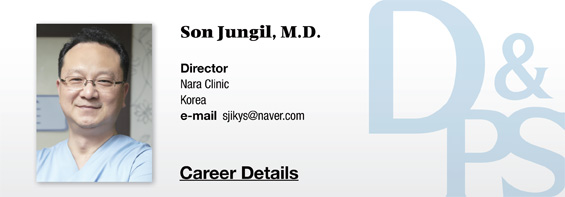
▶ Previous Artlcle : #3-4. B vitamins acting on the nervous, cardiovascular and hematopoietic systems
To date, oxidation-antioxidation is probably the most commonly discussed concept for explaining aging-anti-aging.
Oxidation is the process by which an atom or molecule loses an electron and becomes an unstable active oxygen.
This active oxygen oxidizes other molecules or cells in a chain, causing disorders in normal cell function and inducing inflammation. Furthermore, it promotes various degenerative diseases and aging.
.jpg)
[Advertisement] FCR® (Fractional Prickle CoralCalcium Regentron) – Manufacturer: (www.illglobal.com)]
Recently, there is an increasing interest in glycation.
In the case of diabetic patients, aging progresses much faster than in the general population, and it is difficult to explain the reason why diabetic complications in certain organs are caused simply with blood circulation disorders or oxidation reactions.
Glycation is the process by which excess sugar circulating in the blood binds to a specific protein (schiff’s base).
This glycated protein is transformed into the Advanced Glycation End Product (AGE) as sugar and protein denaturation (amadori products) occurs after a little more time (Fig. 1).
Enzymes do not work in this glycation and denaturation process.
Therefore, it takes weeks to months. Like active oxygen, this AGE attacks various tissues or cells in the living body, causing inflammatory reactions and chronic diseases as well as promoting aging.
Figure 1. The process of generation of AGE (Maillard reaction)
-To be continued




















